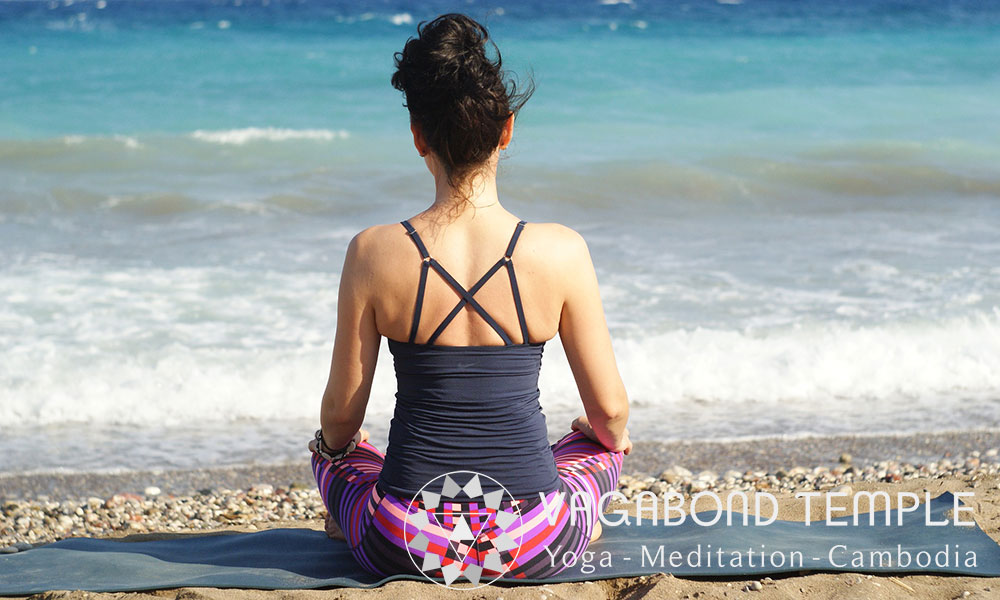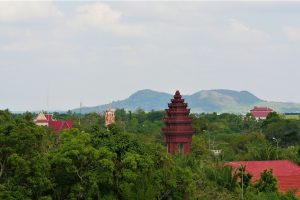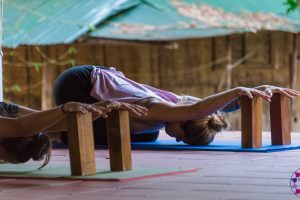The Different Styles Of Yoga at The Vagabond Temple

There are many different styles of yoga that are practiced across the World. Some are more active, some more passive, some more focused on energetic alignment and some more focused on moving in smooth transition. Here are some of the different styles of yoga that we practice here at the Temple:
Hatha: To be technical, the entire active asana practice of yoga can be labeled underneath ‘Hatha.’ However, Hatha is usually associated with a practice that is well balanced; focusing on energetic alignment, pranayama practice, and holding postures for a longer period of time. The Sanskrit word comes from two Sanskrit terms, Ha meaning ‘sun’ and Tha meaning ‘moon.’ Therefore, the practice aims to embody both the masculine and feminine energies efficiently.
Vinyasa: Vinyasa is a modern style of yoga that comes from two Sanskrit terms: Nyasa and Vi. Nyasa means, ‘to place’ and Vi means ‘in a special or sacred way’. So in a sense, Vinyasa means ‘to place something in a sacred and special way.’ All Vinyasa really means though, is to have a smooth connection between each posture and breath. Vinyasa typically involves smooth transitional movements, quicker transition between postures, and a heavy focus on the connection between the breath and the body.
Yin: Yin is a Chinese word that represents the feminine energy of the Universe. Yin yoga, is a more modern style slower-paced practice that holds passive postures for a longer period of time. The intention of yin is to get deeper into the connective tissues, tendons, and fascia while also connecting with the Meridian lines— which are the energetic channels within the Ancient Chinese Medicine Tradition.
Kundalini: Kundalini is a mix of Bhakti (Devotion), Raja (Mental/Physical Control and Practice) and Shakti (Energy) Yoga practices. The word ‘Kundalini’ comes from the Sanskrit term ‘Kundal’ which means circular, and relates to the circular, coiled snake-like energy that lays in the base of the spine. Kundalini practice is built to prepare the body for the rising of this Kundalini energy, and eventually arouse the sleeping Kundalini at the base of the spine. It typically involves a lot of energy work, spinal movements, and mantra.



